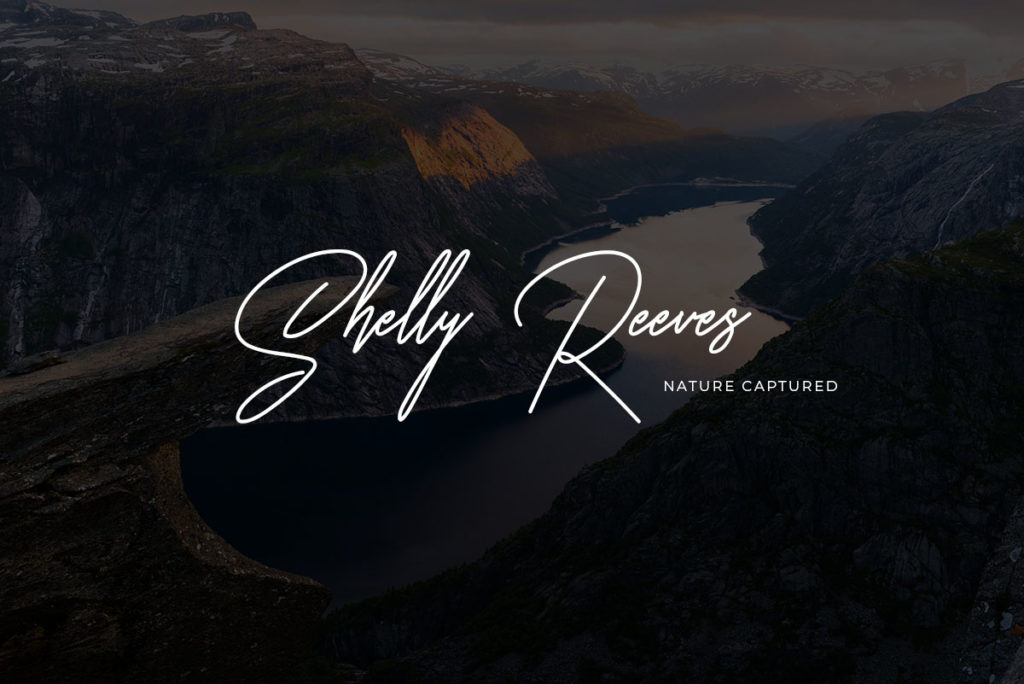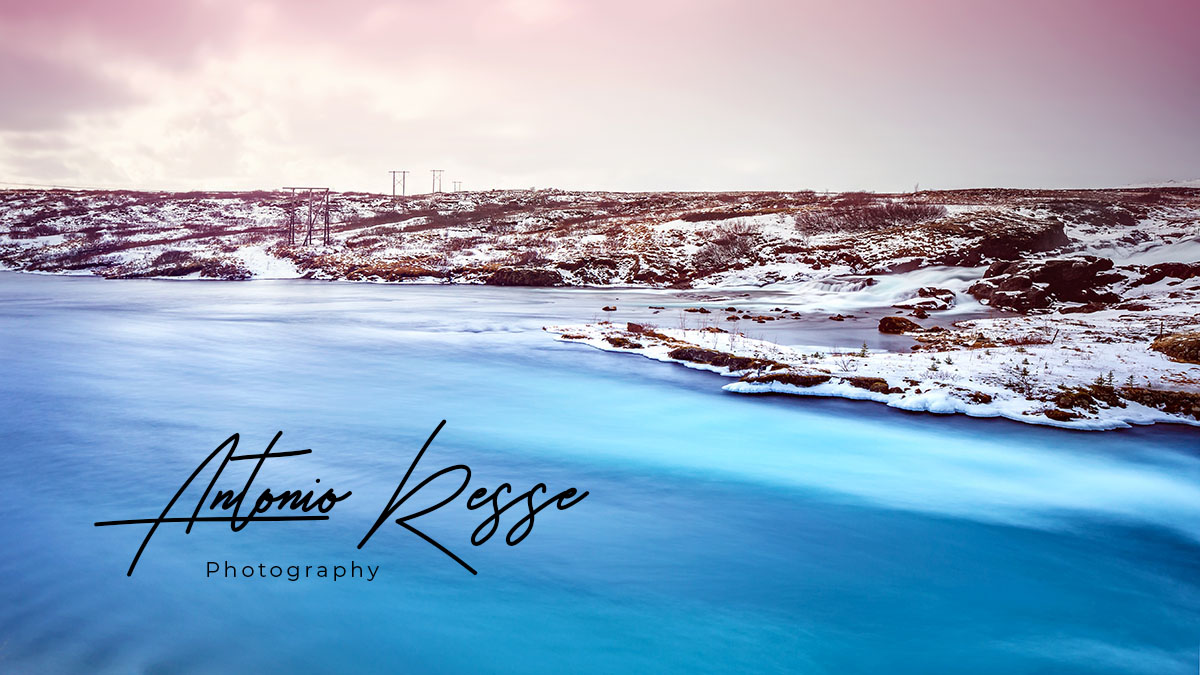What photographer should do to protect their photos

Photos security and copyright protection are all hot topics. As on-line content sharing carries on to evolve photographers face new opportunities, and challenges, for striking the right balance between protecting and promoting their images online. There are so many choices for protecting your images on-line, but none which comes along with a guarantee. At the end it boils down to an understanding your rights and locating the degree of security you're personally comfortable with. Today we'd share some tips about maintaining your images safe as they journey across the web. We'll show you some useful things photographers may do to increase the probability of recovering what you have been owed in case your image copyright are infringed upon.
1. Register your copyright to your photos. When a photo isn't registered with the U.S. Copyright Office prior to the infringement, a copyright owner may recover only actual damages, for the infringement), instead of statutory damages. Courts generally calculate the actual damage based on your normal license fees and/or business standard licensing fees. Additionally you might recover the gains the infringe made from the infringement if they are not too insecure. Sadly, actual damages typically do not amount to much in order that attorneys won't take your infringement case on a contingency basis. In case your photo is timely registered for an infringement, you'll be eligible for statutory damages up to $150, 000 for a willful infring use.
See 17 USC §, 504\. Costs and fees can be recovered from the infringer. See 17 USC §, 505. In addition, you have to have obtained your registration certification to submit a complaint for copyright infringement litigation in many jurisdictions.
2. Place the copyright notice on or adjacent to all your images. The official copyright notice has three parts: the first part is the ©, the word Copyright, or its abbreviation, Copr. , The second part notes the entire year when the work was initially released. The 3rd required part of a copyright notice is the name of the copyright owner.
The final form looks like this: ©, 2018 Brand Watermark. You might use the copyright notice without registering your images with the U.S. Copyright Office. Including a copyright notice is no longer needed for copyright protection, however it's a wise idea to make use of it. Whenever you utilize the copyright notice it might stop someone from stealing your photos, either because it serves you as a reminder that the work is shielded or since the notice interferes with the use of the work when it's a part of the photo. Whenever you post a copyright notice along with your registered images, then the infringer can't claim that the violation was innocent as well as the court is much more prone To recognize that the infringement was intentional, claiming the maximum in infringement damages.
3. Put your copyright management information in, on and/or adjacent to each of your images. Copyright management information (“CMI”) “means any of the following information conveyed in connection with copies of a work or displays of a work, including in digital form (such as in the metadata of your photo file):
(1) The title and other information identifying the work, including the information set forth on a notice of copyright.
(2) The name of, and other identifying information about, the author of a work or
(3) The name of, and other identifying information about, the copyright owner of the work, including the information set forth in a notice of copyright.
Section 1202 of the U.S. Copyright Act makes it illegal for someone to remove your CMI from your photo to hide the infringement. The fines start at $2,500 and go to $25,000 in addition to attorneys’ fees and any damages for the infringement. You don’t have to register your photo in advance to recover under this statute. So, if possible, put your CMI as a watermark on your photo and in the metadata of your digital file (be careful that your CMI is not removed when using the “save for web” function).
4. Make it more difficult for others to use your photos without your permission Even though a burglar can break into your home, you still lock your door and set the alarm. Do the same to protect your images. First, disable “right-click” so that novices cannot easily copy and save your images. Second, read the terms and conditions of any website where you may post your images or contest that you enter to make sure that you’re not giving up rights to which you’re not aware.
5. Prosecute unauthorized uses of your images. Many people think that they have a right to use your photos or they won’t be caught if they do. Fortunately, there are many tools to battle copyright infringement.
These tips also offer ways to add some piece of mind to your online image sharing. It’s almost a must now for photographers to post their images online. With the advantages of a broader and more accessible market, the Internet also has the disadvantage that it’s much easier for others to steal your work. But there are things you can do to protect your photos.

